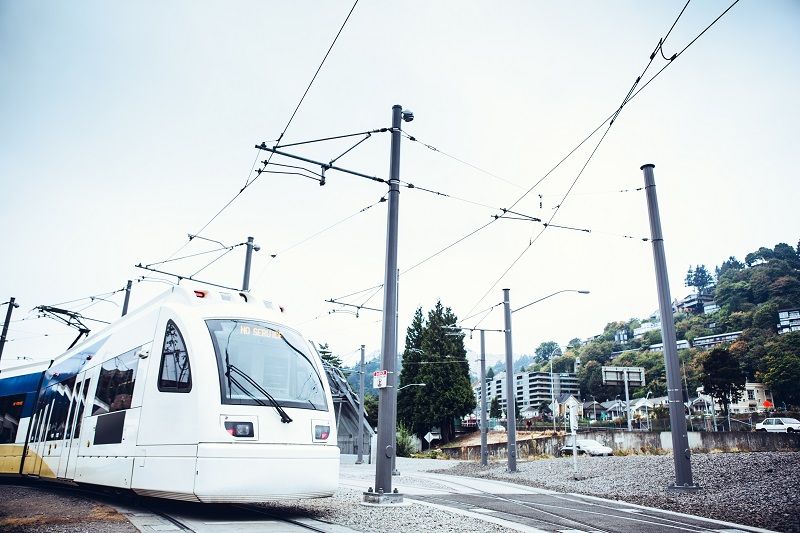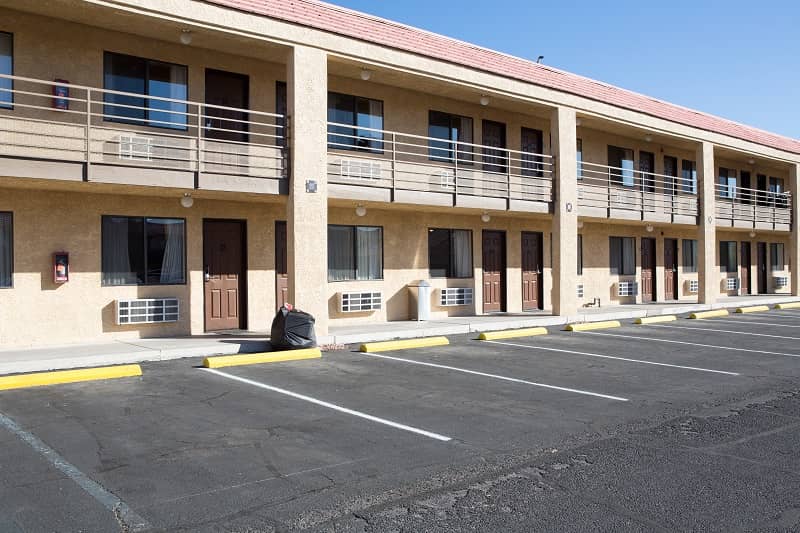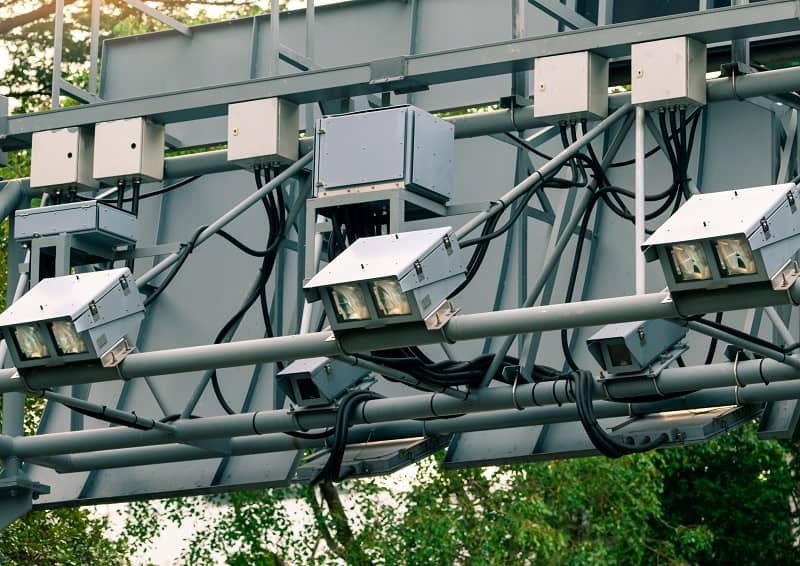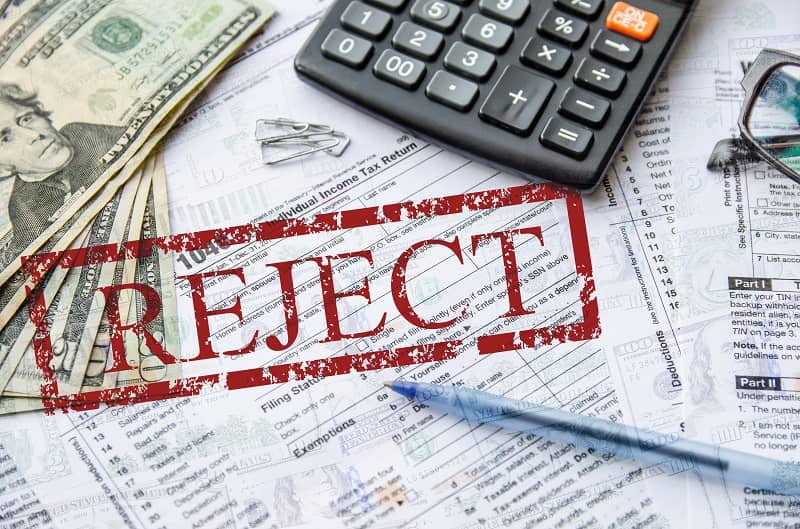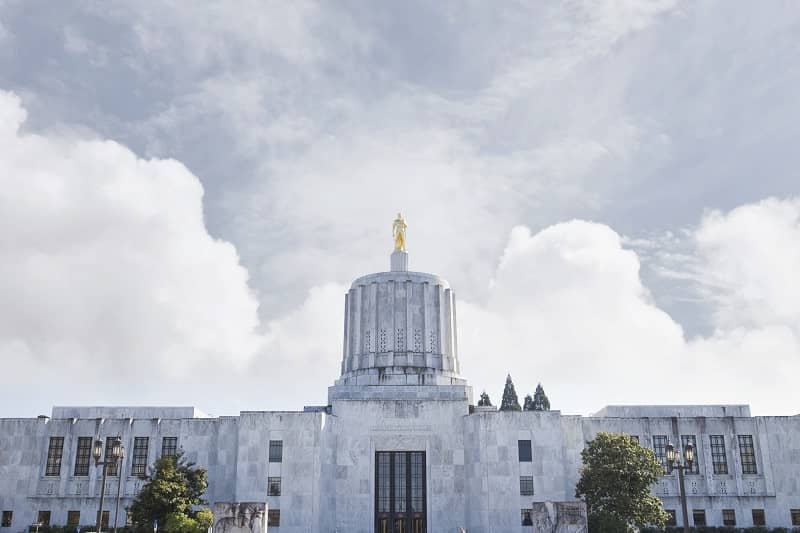 My name is John Charles, president and CEO of Cascade Policy Institute. Cascade is a nonpartisan policy research center working to promote economic opportunity in Oregon. I have been involved professionally with environmental policy for the past 30 years and am familiar with the politics of climate change. In recent months I have focused a fair amount of time examining claims made about carbon offset projects in the Pacific Northwest. My comments today reflect that work.
My name is John Charles, president and CEO of Cascade Policy Institute. Cascade is a nonpartisan policy research center working to promote economic opportunity in Oregon. I have been involved professionally with environmental policy for the past 30 years and am familiar with the politics of climate change. In recent months I have focused a fair amount of time examining claims made about carbon offset projects in the Pacific Northwest. My comments today reflect that work.
I have been asked to speak about two conceptual approaches to global warming legislation: a carbon tax, and a regulatory limit on greenhouse gases (GHGs). Before I begin, however, I would like to place this issue in the context of the GHG reduction goals embodied in HB 3543.
First, the basic goal of HB 3543 to “arrest the growth of Oregon’s GHG emissions by 2010” has probably been met. Gross emissions peaked in 2000 and were at least 2.5% below that for the years 2001-04. While one cannot predict the future, the fact that the U.S. economy has been steadily de-carbonizing for the last half-century makes it unlikely that Oregon emissions will grow much, if at all.
Second, the HB 3543 goal for 2020 – reduce emissions to 10% below 1990 levels – has also been met because Oregon’s forests sequester roughly 51% of gross emissions1. Oregon total estimated GHG emissions in 1990 were 55.506 MMTCO2e; net emissions in 2004 were 33.069 MMTCO2e—well in excess of the 10% reduction goal. So there is no need to rush to judgment on GHG policy.
Carbon taxes vs. a regulatory cap
Neither proposal is truly “market-based”. Both use pricing methods, but depend entirely on the superior prescience of government regulation/taxation to price and ration energy use more intelligently than the private sector. Unfortunately, the ethanol debacle now unfolding is a reminder of the hazards of handing markets over to government planners, and it is by no means the only example.
Carbon Tax: Possible Advantages
If the legislature feels compelled to do something, a carbon tax has a few advantages relative to the so-called “cap-and-trade” (C&T) concept. The most notable is truth in advertising: it’s called a TAX. That’s probably the reason why it’s not the favored approach of most interventionists, since they realize that consumers have little appetite for an energy tax.
A carbon tax would also be easier to administer than a C&T scheme, and the negative effects of the tax could be mitigated if it were designed to be revenue-neutral and the funds used to lower other, less-desirable taxes such as those levied on income or dividends.
Disadvantages
Unfortunately, the advantages of a carbon tax are far outweighed by the disadvantages. Most notably, there is no way to calculate the optimal tax rate. According to one scholar, there are at least 106 estimates in the literature of the appropriate “price” for a ton of CO2. The mode of those estimates is $2 and the mean is $14; how would a legislative body know which number is the best, assuming any of them are?
Architects of a proposed carbon tax suffer from severe knowledge constraints. There is no way to know what the tax rate should be because you can’t work backwards from the end goal. There is a chain of hurdles impeding any such attempt:
- Since global climate is a random, non-linear system there is no way to know what changes in human activity would affect climate (if at all);
- Water vapor is the most dominant GHG, not CO2, so a tax on CO2 is, by definition, a low-leverage policy that might be irrelevant;
- Even assuming that CO2 regulation is meaningful relative to water vapor, roughly 97.1% of worldwide CO2 is emitted from natural sources, while 2.9% are anthropogenic; and
- Of the 2.9% that is human related, Oregon’s net emissions amounted to 0.086% in 2004.
Given these problems, it’s clear that the tax rate would be arbitrary, based on the lowest common denominator of politics.
Moreover, one of the primary theoretical benefits of the tax – using the revenues to offset other taxes on labor or capital – has almost no chance of ever being adopted. Therefore most of the money would be pork-barreled away to a few interest groups. Anyone who doubts the likelihood of this scenario should examine the use of tobacco tax funds received from the MSA.
Finally, and most importantly, there would be no environmental benefits to those paying the tax today because CO2 is not even a pollutant. Reducing it does not make the air healthier or improve scenic vistas of the Cascades. If any benefits do exist, they will redound to future generations (decades or centuries in the future) who will not have been asked to pay.
Cap and Trade: Advantages: There are no advantages in practice, if the European experience is any guide.
Disadvantages:
- There is no way to know what the cap should be, for the same reason a rational tax rate cannot be calculated.
- All parameters of this convoluted program would be subject to intense gaming and rent-seeking by interest groups.
- Experience to date shows that there are many problems associated with the “trading” part of the concept, including a lack of property rights, lack of additionality for offset projects, lack of verification, and lack of any empirical benefits.
- An economic analysis prepared by CRA International modeled the impact on Oregon if the US adopted a federal cap on GHG emissions; the study showed that by 2020, Oregon would have 16,000 fewer jobs and natural gas prices would be 56% higher.
- A second study, prepared by Global Insight, found that a carbon cap would reduce Oregon’s GSP by 2.7% and employment by 23,100 by 2020 (from what it would have been).
- Estimates prepared by the Congressional Budget Office predict that a mandated 15% cut in CO2 emissions would result in an annual cost increase of $680 (or 3.3% of total household income) for the lowest quintile of households, $1,160 per year (2.8% of income) for those in the middle quintile, and $2,180 (1.7% of earnings) for those in the highest quintile.
- Cap and trade regulation would create a state-run carbon cartel. The cartel would then give monetary value to something that is currently worthless (carbon emissions). Once this occurred, there would be no way to back out of the policy. The legislature would be fueling a speculative “bubble” in carbon trading that would institutionalize rent-seeking by powerful interest groups. Since there would be no actual value added to the economy from these coerced income transfers, the net effect would be to divert scarce capital from productive investments, thereby lowering the standard of living for Oregonians.
Actual Market-Based Policies for Reducing GHGs
A true “market-based” strategy for addressing GHGs would harness the power of the market to improve the efficiency of the economy and reduce carbon intensity through technology investments, land-use changes, and improvements in transportation management. Specific policies for consideration should include at least the following:
Focus on reforming the mis-pricing in the transportation sector. Transportation is the largest source of CO2, with much room for efficiency gains. You should begin reform by gradually replacing broad-based transportation taxes and subsidies with user charges. Specifically, this should be implemented as congestion pricing on all Portland freeways, using open-road electronic tolling to collect variable tolls. This would greatly improve livability, eliminate billions of dollars in economic losses, and also reduce GHGs. The reason is that traffic congestion is, by itself, is a major source of CO2; Barth et al. estimate that CO2 emissions per/mile in free-flow traffic are 60-90% lower than emissions generated in stop-and-go conditions.

CO2 emissions (grams/mile) as a function of average trip speed (mph)
Source: Barth and Boriboonsomsin, 2007
Also, empirical evidence from the SR 91 Express Tollway in Southern California (a 10-mile highway with 14 different prices) shows that congestion-priced highway lanes are roughly twice as efficient as unpriced lanes at moving vehicles. At the most crowded time of the week – 3:00 p.m. eastbound on Friday – the priced lanes carry 1,600 vehicles per hour, while the “free” lanes carry only 800.
SR 91 Express Lanes
Vehicles per lane, per hour at peak

Source: FHWA, 2008
Although it’s counter-intuitive, market-based pricing of highways does not toll people off the road; it actually tolls them on by allowing double the number of cars to use the same facility. It also provides a much higher level of driver satisfaction due to the higher road speed (the average travel speed on SR 91X is more than 60 MPH at all times).
In addition to benefiting motorists, congestion pricing creates “virtual capacity” for express buses, making bus service more attractive to consumers. This would increase the utilization of transit buses and reduce the energy consumption per passenger-mile of those vehicles. This is important because transit buses have become steadily less efficient over the past 35 years, mostly due to under-utilization of buses on routes that make no economic sense (but are maintained for political reasons).
Energy intensity of highway passenger modes
1970 – 2005
(Btu per passenger mile)
| Cars | Bus Transit | Amtrak | Rail Transit | |
| 1970 | 4868 | 2472 | N/A | 2157 |
| 1980 | 4279 | 2813 | 3065 | 2290 |
| 1990 | 3856 | 3794 | 2614 | 3072 |
| 2000 | 3611 | 4515 | 3253 | 2822 |
| 2005 | 3445 | 4323 | 2709 | 2784 |
| Change: | -29% | +75% | -24% | +29% |
Source: Transportation Energy Data Book, 2007
Legalize nuclear power in Oregon. This should probably be considered the litmus test of the legislature’s commitment to de-carbonization. If the legislature is serious about GHG reduction, we should begin discussing the 1980 prohibition on nuclear power in Oregon. The economy is going to need more base-load electrical generation, and it will not be coming from unreliable sources like wind, solar or wave energy.
This is not to say the legislature should subsidize nuclear power, or even promote it; but private investors should at least have the opportunity to provide it.
Eliminate subsidies on so-called “green technologies” that cannot make it on their own in the marketplace. The chances are they are using more resources (including energy) than they will save over their lifetime—otherwise the public would be snapping them up, unsubsidized. And if government guesses wrong about whom to subsidize and by how much, it diverts scarce capital into unproductive investments. Repealing the 3% Public Purpose Tax would be a good place to start, since the primary purpose of the tax is to subsidize investments otherwise rejected by the market.
Allow land-use changes that would lower methane emissions. Methane is 21 times more potent than CO2 as a GHG, so it should receive special scrutiny. The largest source of methane in Oregon (52%) is “enteric fermentation” and “manure management” at dairy farms and cattle ranches. While the legislature should not discourage or punish agricultural operations, we should amend state land-use laws to allow dairy farmers and cattle ranchers to change land uses if they so desire. Virtually any other use will have lower methane emissions (or probably none), so this is a high-leverage policy.
Address the threat of catastrophic forest fires on public lands in Oregon. Forest fires are a large and growing source of CO2 emissions. Emissions per acre of timberland can be reduced by approximately 67% through proper thinning of overgrown stands2. The Oregon legislature should demand more active management on all public forestlands in Oregon, especially those owned by the federal government. Proper thinning and biomass utilization can create market opportunities for electricity generation, thereby supporting several state policy goals.
Allow the market to continue responding to its natural incentive to minimize costs, including energy. The amount of energy per dollar of GDP has declined steadily for 50 years. This trend can be accelerated through technological research and deployment. The legislature can help by eliminating corporate income taxes and keeping capital gains taxes low. Investment in better technology is the only real sustainable path to GHG reductions.
1 Pekka E. Kauppi et al., Returning forests analyzed with the forest identity, PNAS November 14, 2006, Vol. 103 No. 46; www.pnas.org/cgi/doi/10.1073/pnas.0608343103
2 Thomas M. Bonnicksen, Greenhouse Gas Emissions From Four California Wildfires: Opportunities to Prevent and reverse Environmental and Climate Impacts, The Forest Foundation, FCEM Report No. 2, 2008, www.calforestfoundation.org.



